Today, mergers and acquisitions (M&A) deals carry more digital risk than ever before. Discover how attackers exploit integration, why regulators are watching, and how to protect deal value by making cybersecurity a central thread from diligence to post-close.
Global M&A is a multi-trillion-dollar machine, moving faster than ever in the hunt for scale, talent and technology. Yet behind the headlines, every deal now carries digital baggage that previous cycles never had to manage. Hybrid estates, multi-cloud environments, distributed workforces and sprawling data trails have made modern transactions far more complex.
As deals accelerate, so do cyber risks. They often remain unseen until the ink is dry.
Attackers thrive on distraction. Regulators demand proof of control. And acquirers inherit legacy access, hidden vulnerabilities and compliance exposure they never priced in.
Cybersecurity has evolved from a hygiene check to an investment filter. Build it into diligence and it protects value and momentum. Leave it until post-close and it becomes one of the most expensive lessons in the deal.
Why cyber threats intensify during M&A
M&A creates fertile ground for cyber risk. Two estates collide. Systems overlap. Identity sprawl grows. Governance becomes harder precisely when operational distraction peaks. Technical debt meets tight timelines, cultural friction and an influx of temporary access.
Mistakes follow.
Attackers study moments like this because the doors are rarely locked at the same time.
Regulators see it too.
In environments already ripe for breach, this makes cybersecurity a deal-critical discipline that demands the same scrutiny and rigour as financial and legal diligence.

Undiscovered cyber risks can significantly diminish the value of the deal or, worse, lead to post-acquisition crises that more thorough due diligence might have prevented.
Buyers want certainty that they understand what they’re inheriting.
They expect clarity over identity models, security tooling, governance, breach history and third-party exposure. A reason perhaps why we’re seeing more and more contracts embedding indemnities, holdbacks and remediation milestones to protect against the financial impact of inherited vulnerabilities.
For security teams, this creates a demanding delivery window.
Risk must be surfaced early. Controls must be applied fast. Deal value must be protected without slowing execution.
The bar has risen, and the scrutiny comes from boardrooms as much as auditors.
The overlooked M&A risks
Cyber risk is now recognised in deals, yet in many transactions visibility remains uneven. That gap becomes expensive. Weaknesses that surface after signing often lead to delayed integrations, unplanned remediation effort, and uncomfortable questions from regulators and investors.
Typical blind spots include:
- Legacy vulnerabilities hiding in outdated or unsupported infrastructure
- Unknown third-party integrations and inconsistent partner security controls
- No asset inventory, making effective risk management or access control impossible
- Shadow IT and unmanaged SaaS tools leaking data without oversight
- Excessive admin access, with no clear privileged access model or Role-Based Access Control (RBAC) enforcement
- Undisclosed breaches, often unknown to the target or unreported during the deal
Regulators are tightening expectations. NIS2 and the EU Cyber Resilience Act (CRA) extend accountability to boards and expect acquiring organisations to evidence control over inherited systems and suppliers.
There’s no exemption for M&A turbulence.
Academic analysis backs this reality. A 2024 review in Risk found that weak cyber maturity during transactions increases legal exposure, widens information gaps, and leads to valuation disputes when governance is unclear.
If you can’t prove the security posture of the business you are buying, you may be purchasing a company, but are you also inheriting a liability?
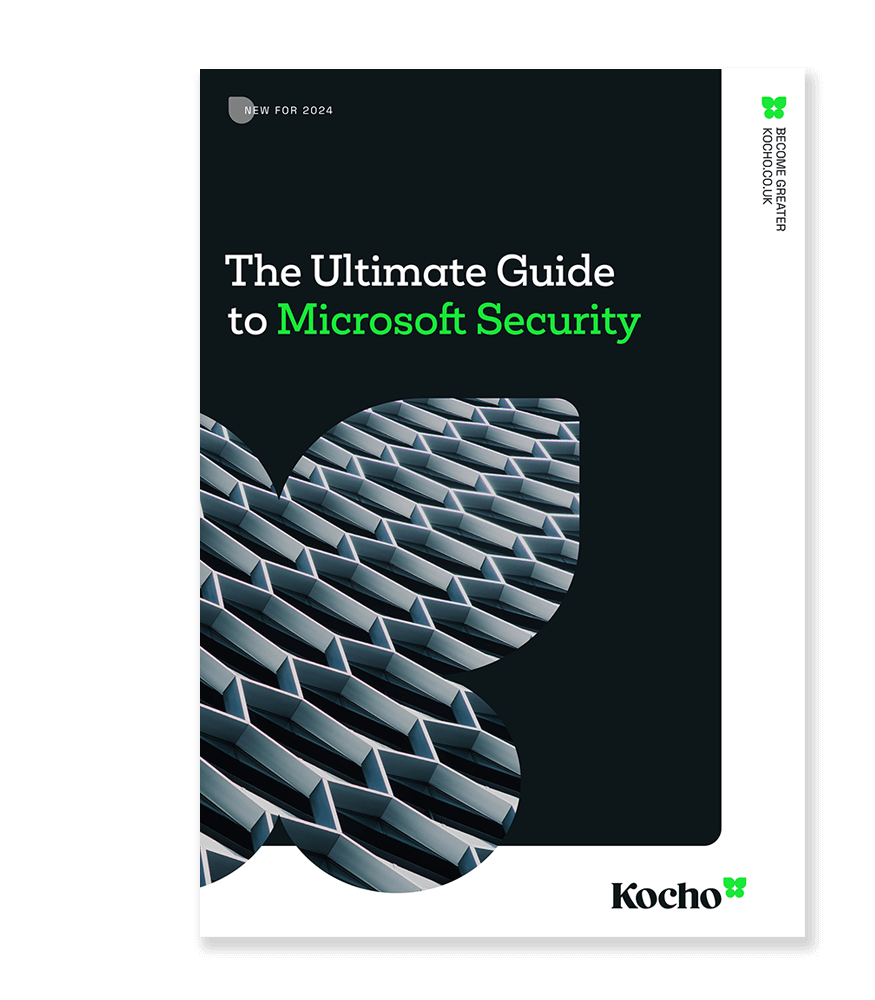

Free Guide
The Ultimate Guide to Microsoft Security
The most comprehensive guide to Microsoft Security. Over 50 pages. Microsoft licensing and pricing simplified.
Discover technologies that:
- Detect and disrupt advanced attacks at machine-speed
- Tap into the world’s largest threat intelligence network
- Protect identities, devices, and data with ease
Integration choices that define risk
Once a deal is moving, integration approach determines security posture.
Most organisations fall into one of three patterns.
Signals that matter in cyber due diligence
The most mature acquirers move beyond questionnaires. They validate operational reality. Typical actions include:
- Reviewing audit history, red team findings and remediation plans
- Inspecting Entra configurations, privileged roles and Conditional Access
- Comparing Defender, Purview and Intune coverage to spot gaps
- Examining incident processes, escalation pathways and disclosure history
- Mapping third-party and SaaS dependencies
- Confirming device visibility and endpoint compliance across both estates
This level of scrutiny reduces surprises and shapes realistic, secure integration plans.
It informs cost, builds trust, and protects reputational capital.
Turning diligence into secure integration
Deals rarely pause while IT rebuilds architecture. Identities merge. Data moves. SaaS proliferates. Multi-cloud footprints overlap. Risk does not arrive later. It appears immediately, often in the first cross-tenant permissions change or the first shared file migration.
Security must work in motion, with some clear priorities to address in a potentially tight window of time:
- Establish identity truth across both estates
- Apply Conditional Access and privilege controls consistently
- Maintain unified visibility into devices, users and workloads
- Protect data as it travels, not after it lands
- Preserve detection capability from day one
For Microsoft-first organisations, core tools like Entra, Defender and Purview provide the control plane to enforce these principles. Cross-tenant access controls, unified threat signals and data protection policies allow organisations to integrate without losing visibility or discipline.
The reality is simple. Multi-cloud complexity lingers longer than anyone promises. Legacy AD rarely disappears on day one. SaaS sprawl accelerates under pressure. Security must function throughout transition, not after it.
A coherent model means identity verified, data governed, threats visible, privileged access contained, and confidence earned at board level.
Final thoughts
M&A should accelerate progress, not import risk. Yet too many deals absorb unnecessary cost and compromise because security enters the room too late.
Leading organisations are changing approach.
- Before the deal, cyber diligence shapes negotiation
- During integration, security safeguards speed and clarity
- After close, it underpins unified operations and long-term resilience
At Kocho, we help Microsoft-first organisations navigate this journey. We assess cyber posture pre-deal. We secure identity, data and access during integration. We enable confident collaboration from day one.
In modern mergers and acquisitions, cybersecurity is a strategic filter for value, trust and execution success, every bit as commercial and operational indicators.
Maybe even more.
If your organisation has M&A on the horizon and you want to explore what secure integration looks like in a Microsoft-driven environment, contact our team to talk through the practical realities and where to start.
Common Mergers & Acquisitions security questions
-
Cybersecurity has become a core element of M&A due diligence. Modern deals often involve complex digital estates, multiple cloud environments and inherited systems. Strong cybersecurity measures help identify hidden vulnerabilities, reduce integration risk and protect deal value from post-acquisition threats.
-
Common M&A cyber risks include legacy system vulnerabilities, shadow IT, weak access controls, unpatched software and undisclosed data breaches. These issues can delay integration, increase remediation costs and expose acquirers to regulatory or reputational damage.
-
An effective cyber due diligence checklist should cover identity and access management, cloud and endpoint security, incident response procedures, third-party dependencies, data protection policies and breach history. Reviewing audit logs, red team reports and security tooling coverage provides a clear picture of cyber maturity.
-
Cyber due diligence should start at the same time as legal and financial reviews. Early assessment helps quantify cyber risk, shape negotiation terms and ensure integration plans include security controls from the outset; a best practice for reducing post-deal exposure.
-
Post-acquisition, security leaders should focus on establishing identity truth across both estates, enforcing consistent privilege and access controls, maintaining unified visibility into users and devices, and protecting data as it moves. Using platforms like Microsoft Entra, Defender and Purview can support secure cross-tenant collaboration and threat monitoring.
-
Embedding cybersecurity into every stage of the M&A lifecycle is key. Early cyber risk assessment, ongoing monitoring and secure integration planning all help protect deal value, ensure compliance and maintain investor and regulator confidence.


Free Guide
The Ultimate Guide to Microsoft Security
The most comprehensive guide to Microsoft Security. Over 50 pages. Microsoft licensing and pricing simplified.
Discover technologies that:
- Detect and disrupt advanced attacks at machine-speed
- Tap into the world’s largest threat intelligence network
- Protect identities, devices, and data with ease

Great emails start here
Sign up for free resources and exclusive invites
Subscribe to the Kocho mailing list if you want:
- Demos of the latest Microsoft tech
- Invites to exclusive events and webinars
- Resources that make your job easier
Great managed security resources

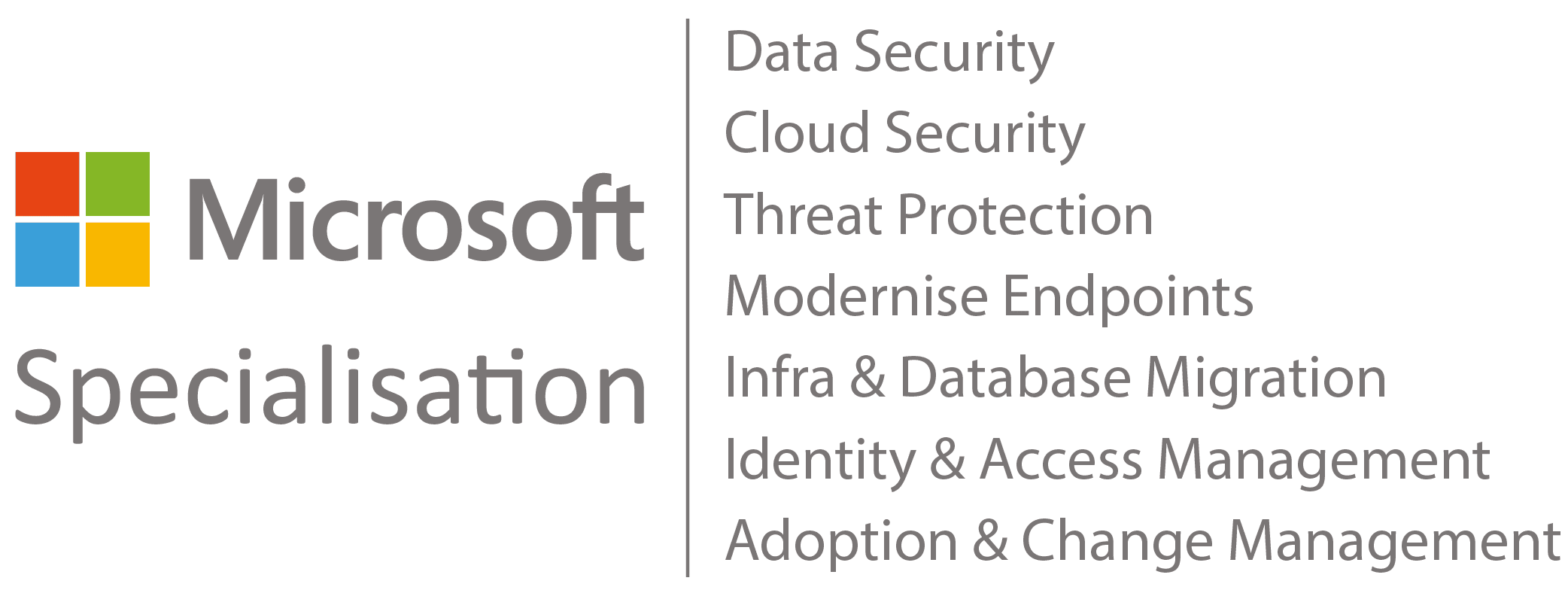
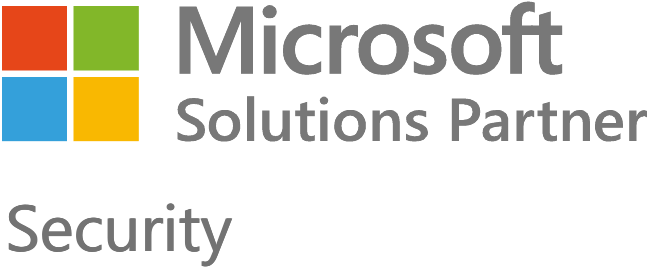
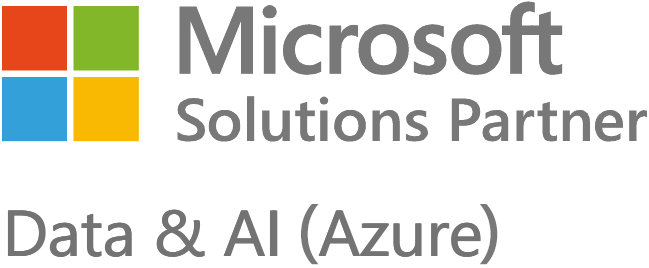
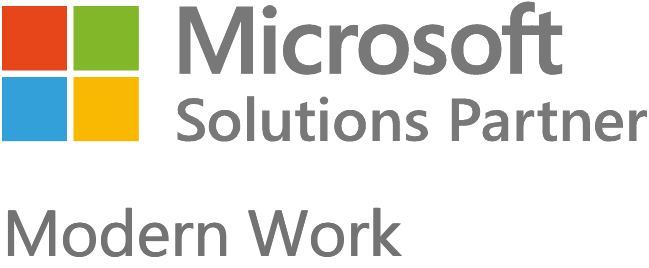

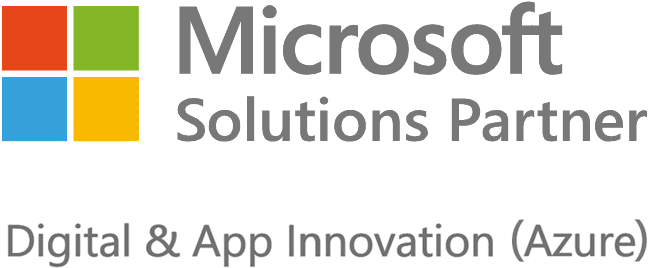



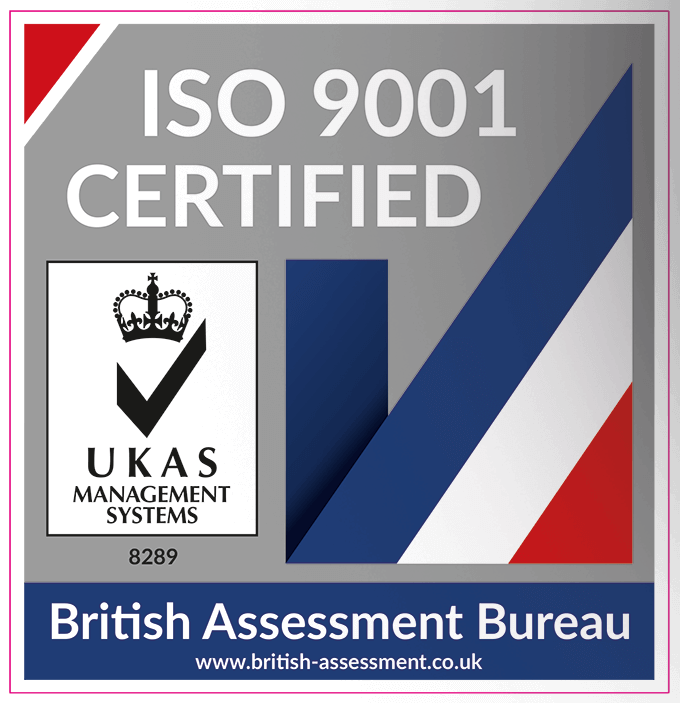













Got a question? Need more information?
Our expert team is here to help.







